Plaster needs reparation only when it is totally damaged. Here the plaster of entire wall will be broken and redone. There’s no other shortcut or avoiding in case of damage to entire wall. If a small patch has just started to appear, an exterior application can solve the problem. But this is if it is noticed on an early stage. More you delay of leave the affected area untreated, bigger gets the problem which could result in re-plastering of entire wall. I therefore would suggest home owners to immediately get the wall treated on noticing dampness. An immediate action can save them form added expenses, work and headache of getting wall repaired.
Here’s a stepwise process to plastering affected/damaged wall
1. Firstly the affected wall plaster is broken.
2. The left over dust is then cleaned by brushing the wall surface.
3. Once the surface is dusted, it is treated with water splashes to moisten the inner surface. The inner layer absorbs the moisture thus saturating the wall. This process is called SSD i.e. Saturated Surface Drying.
4. The moistened surface is then treated with polymer coating or Latex coating. Polymer coating will protect the plaster from water contact. This coating actually lies in-between the brick-wall and plaster.
5. Then a mixture is prepared to plaster the wall. An Integral Waterproofing compound ( IWP) is also mixed with the plaster mixture for waterproofing purpose. The IWP compound chemicals react with calcium of cement to form crystals thus minimizing the porosity of plaster. The IWP is an ISI certified product with specification 2-6-4-5.
Once plastering work is over, the wall is treated with lambi putty followed by painting and final finishes.
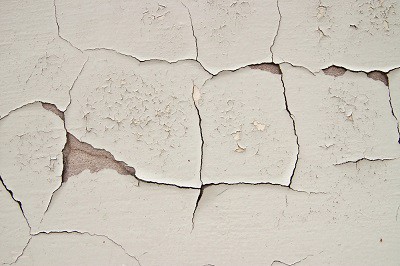

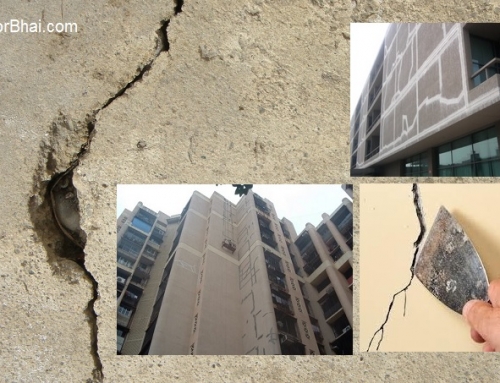
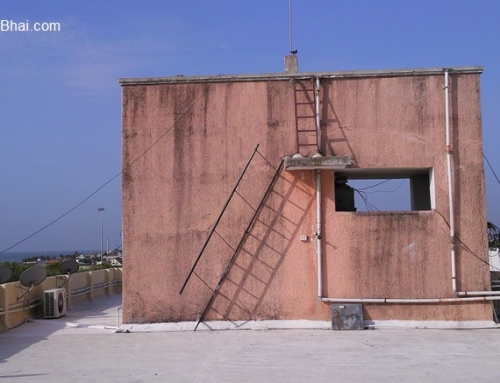
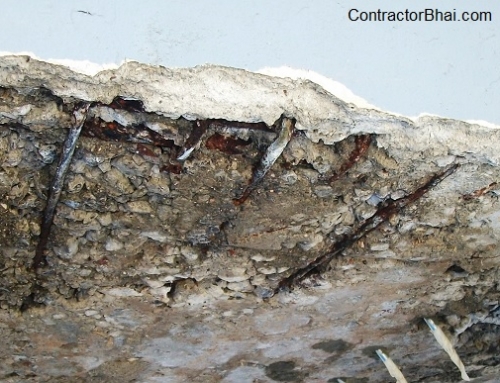
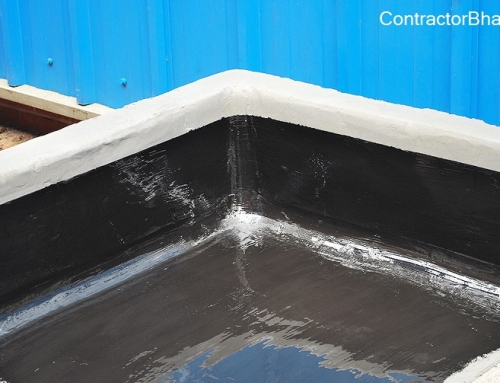
Leave A Comment